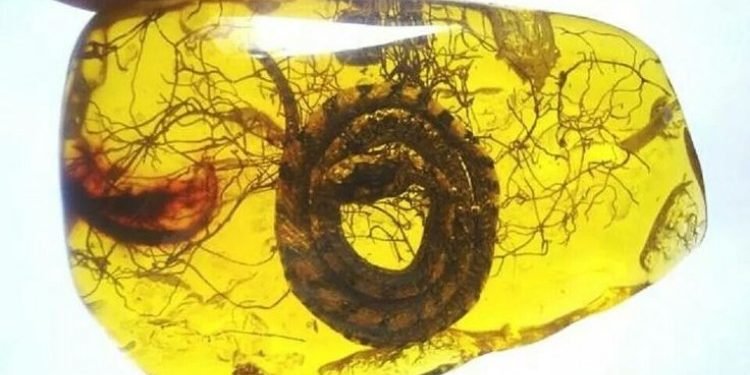The world’s initially known old snake developing life has been found in Myanmar saved in 99 million years of age golden. Presently, another investigation distributed in Science Advances and drove by University of Alberta scientists looks at what the fossil can uncover about the development of snakes.
According to the report, this unique little snake is an articulate postcranial skeleton and sits at just 47.5 millimetres long. National geographic placed this snake and compare it with Gondwana, the ancient supercontinent that broke up about 180 million years ago. The skin of the snake hasn’t been reported by the researchers, but when to compare to modern specimens, the scale like marking look pretty close to that snake.
Moreover, the golden section the snake was found in was additionally helpful to the researchers. “Plainly this little snake was living in a forested domain with various bugs and plants, as these are saved in the clast,” clarified Caldwell.
Scientist Michael Caldwell, lead creator, and educator in the Department of Biological Sciences stated, “This snake is connected to antiquated snakes from Argentina, Africa, India and Australia”. It is critical—and as of not long ago, missing— a segment of understanding snake advancement from southern landmasses, that is Gondwana, in the mid-Mesozoic
This fossil discovery was well reserved by the palaeontology and conducted in many research institution including, the China University of Geoscience, the Institute of Zoology at Chinese Academy Science, the University of Regina, the South and West Australian Museum and Flinders University. This information refines our comprehension of early snake development, as 100-multi-year-old snakes are known from just 20 or so moderately entire fossil snake species,” said Caldwell. “There is a lot of new data protected in this new fossilized child wind”.




